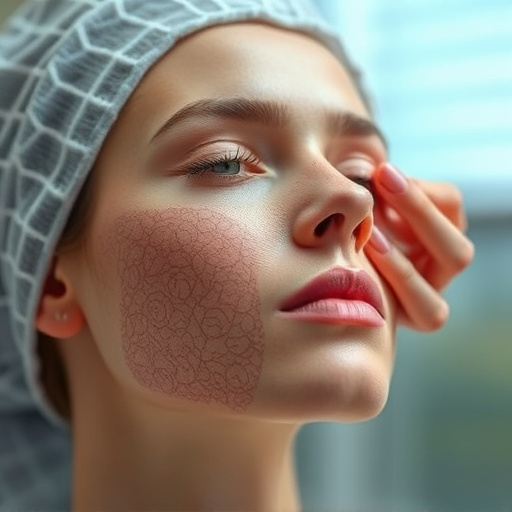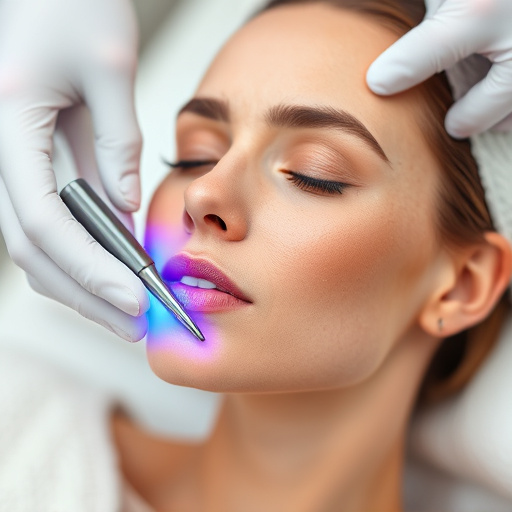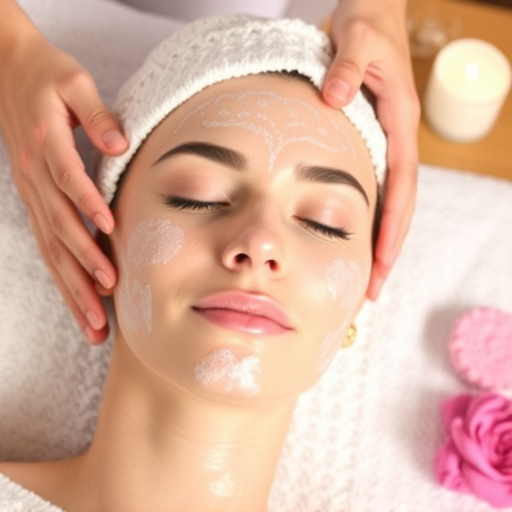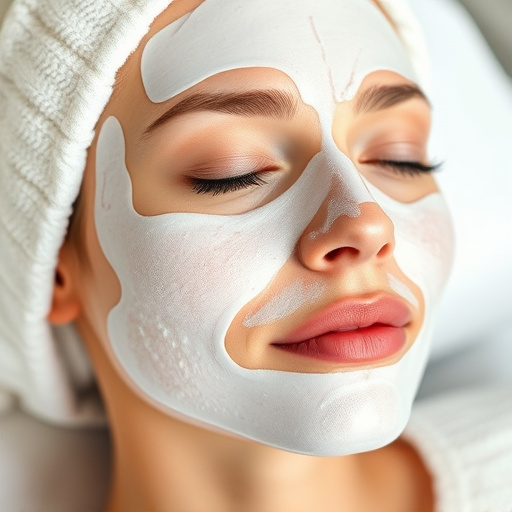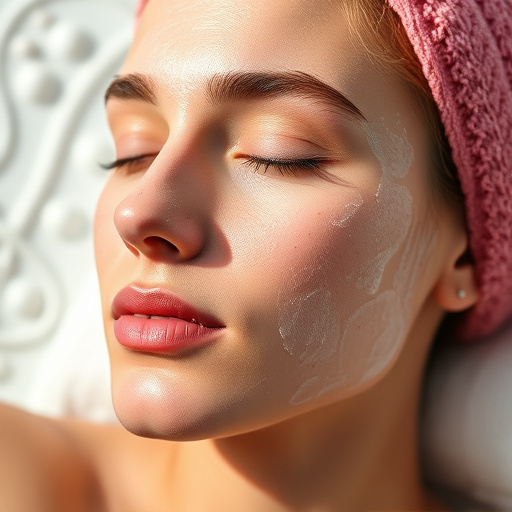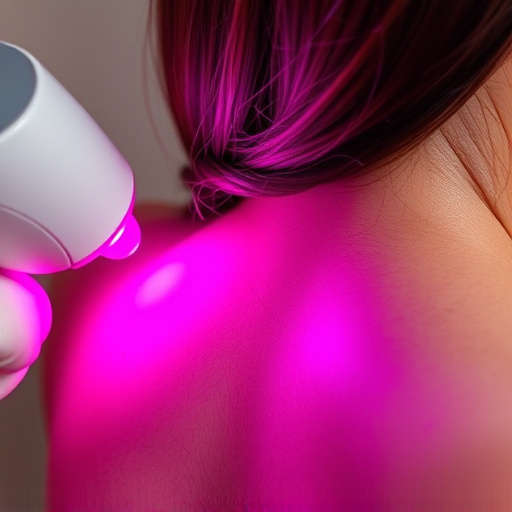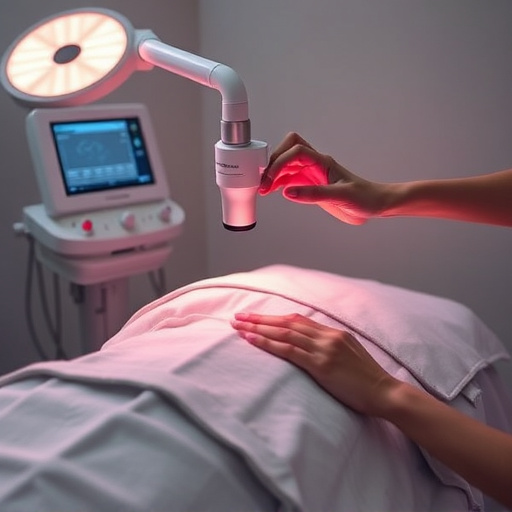Personalized treatment plans focus on individual patient needs and aspirations. Healthcare professionals conduct detailed consultations, gathering medical histories, lifestyle insights, and environmental factors while discussing aesthetic goals. Physical and mental health assessments are key to developing holistic care, addressing underlying conditions and stress-related skin issues. These plans require a comprehensive approach, considering surface-level interventions and emotional/psychological aspects, such as post-procedure care and long-term lifestyle modifications for sustainable results.
Creating personalized treatment plans is a multifaceted process that involves understanding individual needs, assessing health status, and tailoring interventions. By delving into these components, healthcare professionals can develop targeted strategies that address both physical and mental well-being. This comprehensive approach ensures that each patient receives a unique plan aligned with their specific goals, enhancing the effectiveness of care. Discover practical steps to navigate this journey, from evaluating personal needs to implementing tailored support strategies.
- Understanding Individual Needs and Goals
- Assessing Physical and Mental Health Status
- Tailoring Interventions and Support Strategies
Understanding Individual Needs and Goals

Personalized treatment plans begin with a deep understanding of each patient’s unique needs and aspirations. Every individual has distinct goals when it comes to their skin health and appearance, whether it’s achieving clear complexions free from acne, addressing signs of aging through skin rejuvenation, or focusing on specific concerns like hyperpigmentation. By taking the time to listen to and understand these desires, healthcare professionals can tailor treatments accordingly.
This process involves comprehensive consultations where patients share their medical history, lifestyle factors, and environmental exposures that might impact their skin. Additionally, discussing aesthetic goals openly ensures that the chosen treatments align with expected outcomes. For instance, a patient seeking acne treatments would benefit from learning about options like chemical peels alongside conventional approaches to achieve their desire for clear, healthy skin.
Assessing Physical and Mental Health Status
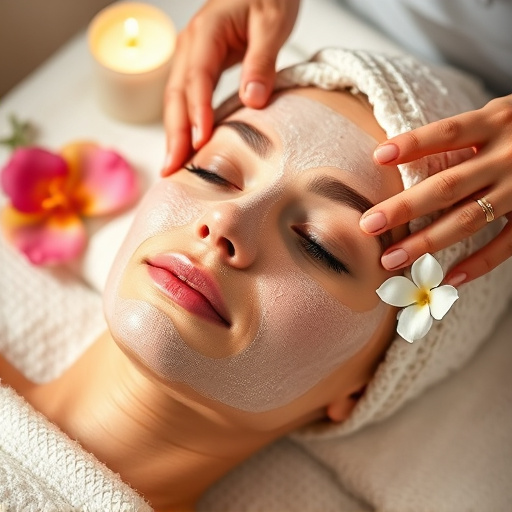
Assessing a patient’s physical and mental health status is a foundational step in crafting personalized treatment plans. This involves gathering comprehensive information about their overall well-being, including medical history, current medications, dietary habits, and lifestyle factors that might influence their skin health. By understanding these aspects, healthcare professionals can identify any underlying conditions or factors contributing to skin concerns. For instance, certain mental health conditions can manifest as physical symptoms, while specific medications may have side effects impacting the skin.
Additionally, assessing one’s mental state is crucial for addressing the mind-body connection. Stress and anxiety, for example, are often linked to skin issues like acne or dermatitis. Incorporating techniques to manage these aspects through therapy, mindfulness, or self-care practices can complement any cosmetic treatments, such as hydrating facials or pore refinement procedures, ensuring holistic care that targets both the surface and deeper underlying causes of skin concerns.
Tailoring Interventions and Support Strategies
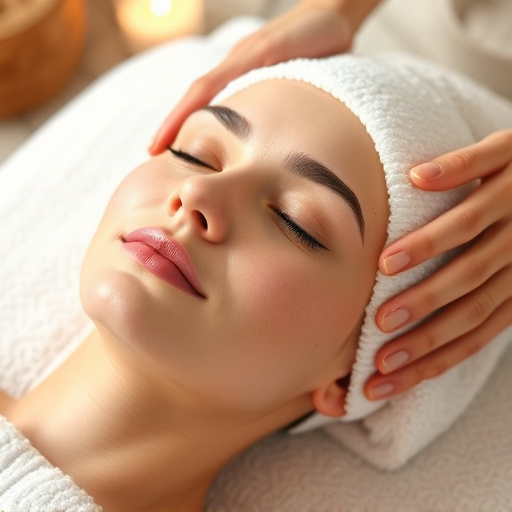
When crafting personalized treatment plans, tailoring interventions and support strategies is a key step to ensure effectiveness and patient satisfaction. This involves understanding the individual’s unique needs, preferences, and lifestyle considerations. Healthcare professionals should assess not only the physical aspects but also the emotional and psychological well-being of the patient. For instance, for a client seeking laser hair removal or body contouring procedures at a medical spa service, the plan might include not just the technical treatments but also counseling on post-procedure care and emotional support to manage any anxiety related to changes in appearance.
The personalization goes beyond the treatment itself. It extends to the development of strategies for maintaining results over time, incorporating lifestyle modifications tailored to the patient’s routine. For active individuals, recommendations could include specific exercises or dietary adjustments to complement their desired outcomes, such as enhancing skin health or achieving a particular body contour. This holistic approach ensures that the personalized treatment plan is not only effective in the short term but also sustainable for long-term results and improved overall well-being.
Creating effective personalized treatment plans involves a meticulous process of understanding individual needs, assessing health status, and tailoring interventions. By prioritizing these steps, healthcare professionals can ensure that each patient receives comprehensive care that aligns with their unique goals and challenges. This tailored approach not only enhances treatment outcomes but also fosters a sense of empowerment and well-being among individuals seeking support.





